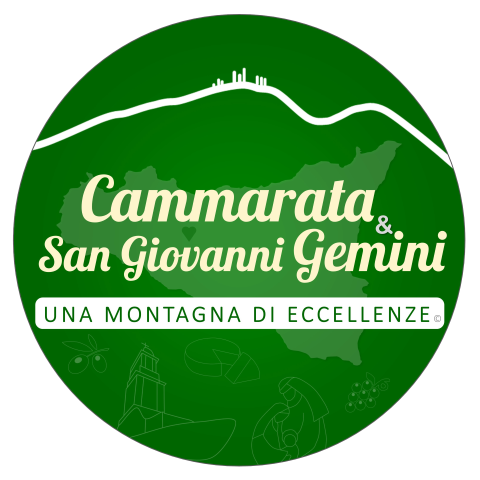U CRUCIFISSU DI TUVAGLI DI CAMMARATA
- Aug 18, 2021
- 3 min read

On the first Sunday of May for an ancient tradition, certainly dating back to the Middle Ages, the Crucifix is celebrated in the church of San Domenico with the name of tuagli or Sant'Antuoni. The procession that will take place next Sunday 2 May is one of the most significant and ancient of the Cammaratese tradition. It is an Easter, a rite of passage from the cold season to the hot season and at the same time a physical rite of passage of the Cammaratesi with their religious symbols to delimit their territory and implore the divine blessing on it.
The statue, which is a study conducted by the sculptor Antonio La Bella on the figure of Christ of Michelangelo's Pietà in the Vatican basilica, was once pulled out of his chapel on the Saturday morning before the feast, was adorned with nails and the crown of 'silver and carried in procession in the square; then placed at the high altar. Now this rite takes place on the Sunday before the feast and on this occasion the Kurdeddi or zaghareddi are made, measuring the statue from head to toe with ribbons, which were cut and worn by the sick and devotees.
The day of the festival to symbolize the transition between the two seasons, the vara is adorned with all the local first fruits, handfuls of ears, broad bean plants with their pods, cherry branches with their fruits, orange leaves with orange blossom, tablecloths of freshly woven linen, which are also donated during the procession - hence the popular name of Crucifissu dî tuagli -, and many flowers, especially roses.
To symbolize, on the other hand, the physical passage to delimit the territory, the procession route once followed a very long path, now resized, but always significant. The confreres of Sant'Antonio came out with their white sack, the big flag and the drums carrying on their shoulders the vara adorned in that way immediately after the sung mass, in the late morning, and they went down to Gianguarna, at the tip of the town. From here, organizing a long human chain and crossing the fields of ncap'a costa, they pulled the launch to the palace. In the square of the Capuchins the two villages were blessed, making the launch move in the direction of the four cardinal points, and, therefore, a long stop was made to refresh oneself. Here the devotees had already laid tables and had prepared food and wine that came and is still distributed to those present.
Then for an ancient customary law, which dates back to the Middle Ages, given that, before the inhabited center was built, the Crucifix passed through the fields then called the plans of San Giovanni, the procession, without having to ask for any authorization from ecclesiastical or civic authorities. , it crossed all San Giovanni up to the trazzera - u strittu dî vacchi - which led to Santa Maria. After having made the tour of the Casazza and a stop at the plain of Santa Maria, the itinerary included the crossing of all Cammarata, passing through San Vito, the castle and the square, where we proceeded and we proceed further, as well as in the square di San Giovanni, at a very slow pace, to the roll of the Ntunisa, the particular rhythm used by the brotherhood. The arrival in the church took place after many hours
Today the itinerary has been resized, but it retains all its symbolism of the celebration of the passage. In fact, the vara continues to be adorned with all the first fruits, but the procession, accompanied by brothers, drums and flag, directly reaches the square of the Capuchins, where the blessing is given to the two countries and stops to consume food and drinks as a sign. of thanks. Anything left on the long laid tables is taken home by the devotees and distributed to the poor and sick. You continue to assert the right to cross all of San Giovanni, but at the Ecce Homo chapel you turn right, crossing the avenue and entering Cammarata from the Sant'Agostino bridge. From here the procession continues in the ancient ways towards the castle and the square. Upon arrival at the church, as per inveterate custom, the ornaments of the vara are distributed among the devotees who take them to the house or to the countryside as a sign of devotion and to implore fruitfulness.
Once in the morning of the following Monday, today the following Sunday, the image is brought back in procession to the square and then placed in its altar. In these two small processions the Crucifix is carried by a single person, who often fulfills his task by vow until old age.







Comments